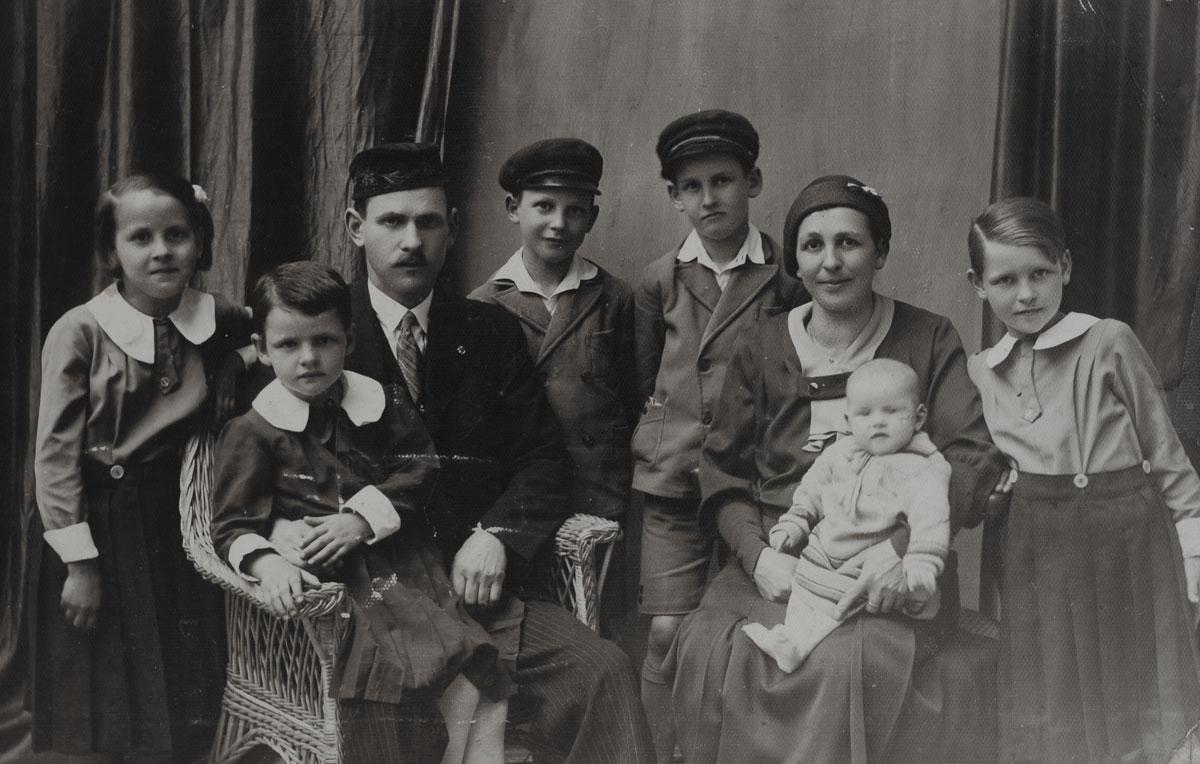In 1791, those living on Győr Island near the city organized a Jewish community of some 30 families. These Jews were allowed to practice trade in the city and build a synagogue, but were forced to pay for protection. A few years later, a Yeshiva was opened on Győr Island and the island's Jews were permitted to establish a cemetery and even live in the city itself, while having to shoulder heavy taxes.
By 1860, a Talmud Torah was operating in Győr and a Jewish school with some 200 students had been recognized by the authorities. During this period, the Jewish community in Győr was mostly Neolog and numbered some 3,000 people – 11.6% of the city's population. Within the community lived Yehoshua Wodianer Cosman, a Talmudic scholar who funded the city's Yeshiva and was known for his exegesis of the Babylonian Talmud, which was published after his death as Nachalat Yehoshua.
With the growth of the Jewish settlement in Győr, the synagogue became too small to hold all the congregants, and some began holding services in private homes. The Austro-Hungarian authorities forbade this practice, and ordered the community to build a new synagogue, which was consecrated in 1871. At the same time, the old synagogue continued to function. That year, a pipe organ was brought into the new synagogue. In protest, some Jews left to create an Orthodox community, which ran a school on Győr Island.
In the second half of the 19th century, Győr became a center for grain export to Serbia, Romania and Bulgaria, with large grain storehouses built in the city. The Jews played a large part in this development; hundreds found employment as merchants, agents, clerks, storage bag vendors and other jobs connected to the agricultural industry, the white-collar industry and trade. Dozens of them owned factories, including those manufacturing alcohol, candies, matches and agricultural machinery, as well as flour mills and brick factories. In 1865, the Jews of Győr established a company for marine transport. A women's association to help clothe Jewish students, support poor brides and offer varied forms of assistance was set up in the city. The association utilized many funds and organized soup kitchens for impoverished students. In 1913, a center for the elderly called "The Institution for Nourishment" was opened in Győr.








